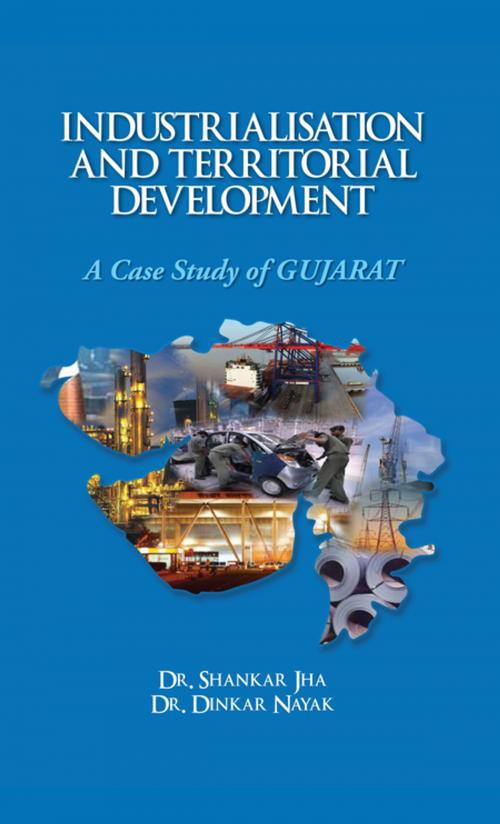Industrialisation and Territorial Development A Case Study of Gujarat
Business & Finance, Industries & Professions, Industries| Author: | Dr. Shankar Jha, Dr. Dinkar Nayak | ISBN: | 9789383793563 |
| Publisher: | YS Books International | Publication: | June 30, 2014 |
| Imprint: | YS Books International | Language: | English |
| Author: | Dr. Shankar Jha, Dr. Dinkar Nayak |
| ISBN: | 9789383793563 |
| Publisher: | YS Books International |
| Publication: | June 30, 2014 |
| Imprint: | YS Books International |
| Language: | English |
There is a general thinking that the benefits of industrial development have not spread uniformly across the length and breadth of the country. It is in this context that industrialization and territorial development has acquired a significant topic of discussion. It has also influenced various policies decisions of the Government. In India both central and state government have devised policies for territorial development through industrialization with the objective of reducing regional imbalances. However, a significant feature of industrial development in India is that it has concentrated in few states like Gujarat, Maharashtra, Tamil Nadu and Karnataka, where industrial growth rate is high. Further, even within the advanced states, some districts are industrially backward districts. As a consequence there has been an intra-state disparities. It is against this backdrop that the present study focuses on territorial disparity in industrial development in the state of Gujarat, particularly in the post reforms period. The study attempts to examine the effects of reforms on industrial development in the state of Gujarat, in terms of growth of industries, employment, output, value added and investment in manufacturing sector. The study has been sub divided into eight chapters. It is evident from the study that the reform process have to some extent reduce territorial industrial imbalance in the state of Gujarat.
There is a general thinking that the benefits of industrial development have not spread uniformly across the length and breadth of the country. It is in this context that industrialization and territorial development has acquired a significant topic of discussion. It has also influenced various policies decisions of the Government. In India both central and state government have devised policies for territorial development through industrialization with the objective of reducing regional imbalances. However, a significant feature of industrial development in India is that it has concentrated in few states like Gujarat, Maharashtra, Tamil Nadu and Karnataka, where industrial growth rate is high. Further, even within the advanced states, some districts are industrially backward districts. As a consequence there has been an intra-state disparities. It is against this backdrop that the present study focuses on territorial disparity in industrial development in the state of Gujarat, particularly in the post reforms period. The study attempts to examine the effects of reforms on industrial development in the state of Gujarat, in terms of growth of industries, employment, output, value added and investment in manufacturing sector. The study has been sub divided into eight chapters. It is evident from the study that the reform process have to some extent reduce territorial industrial imbalance in the state of Gujarat.















